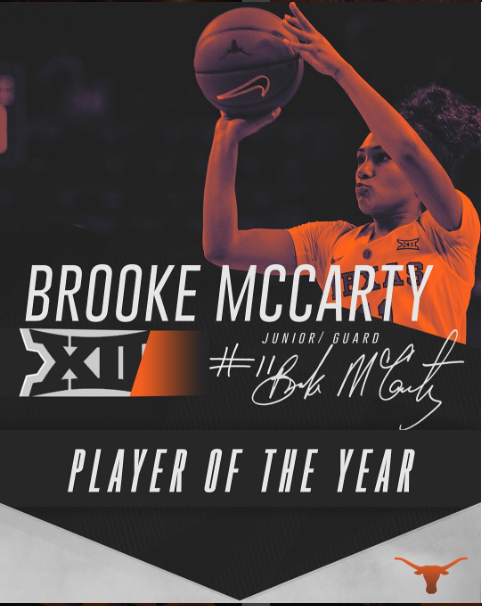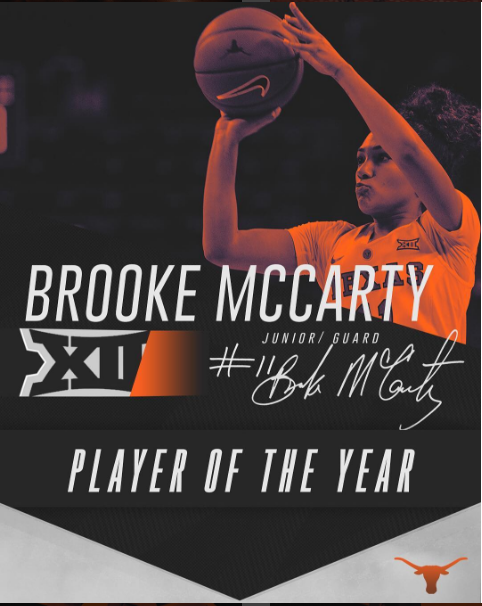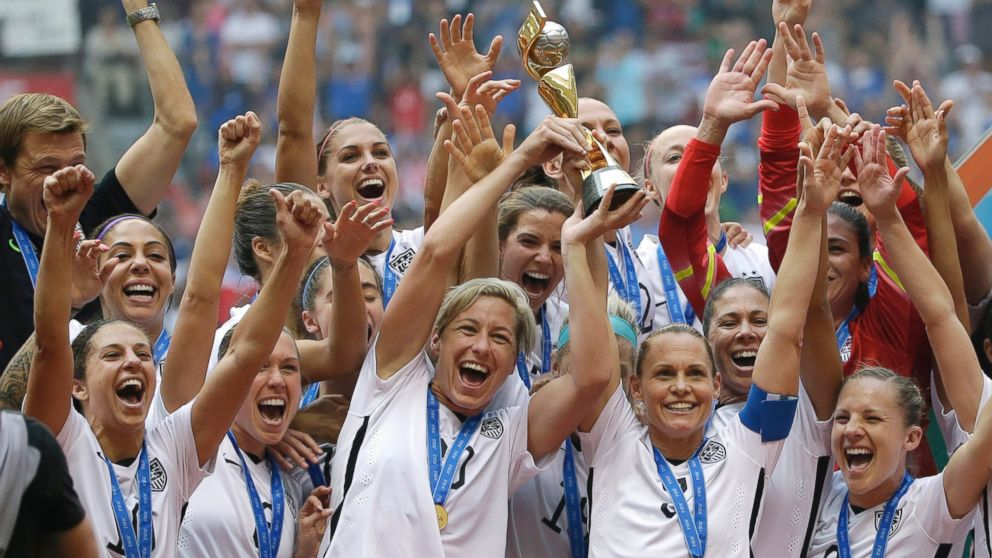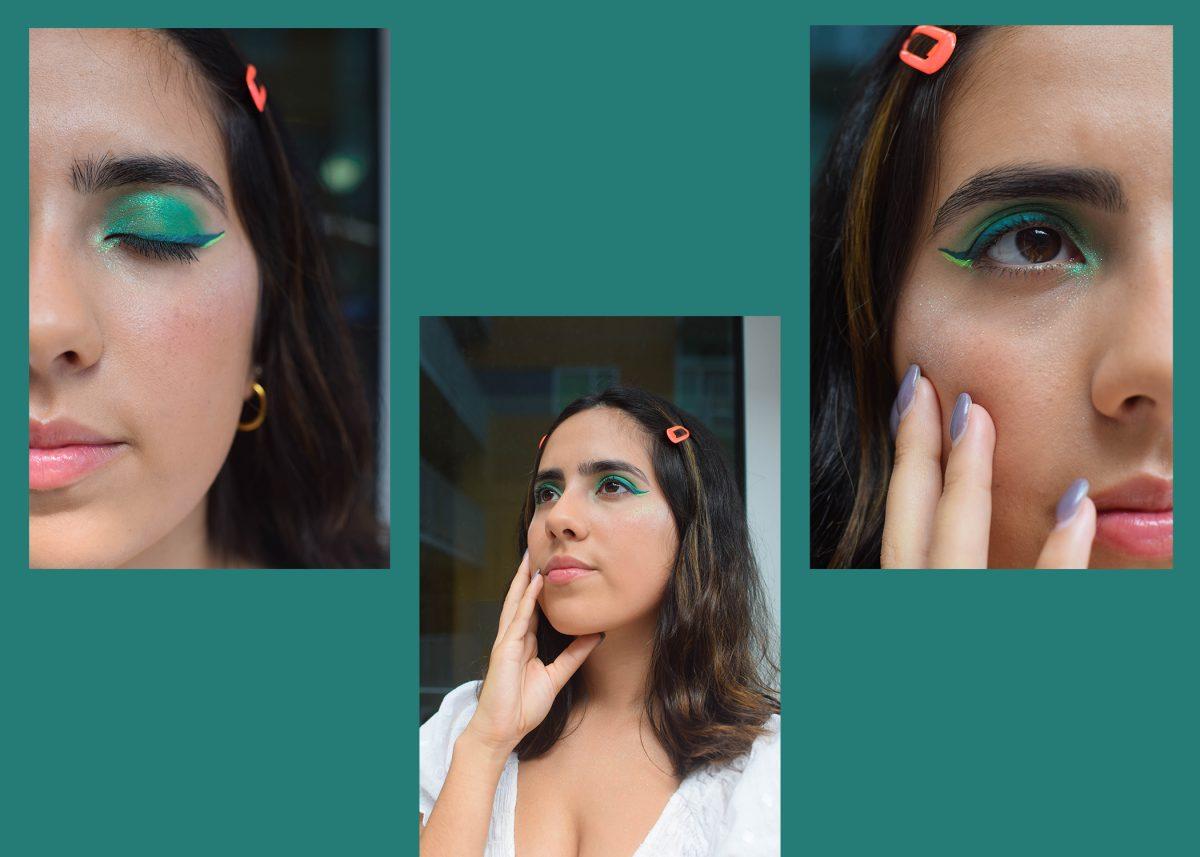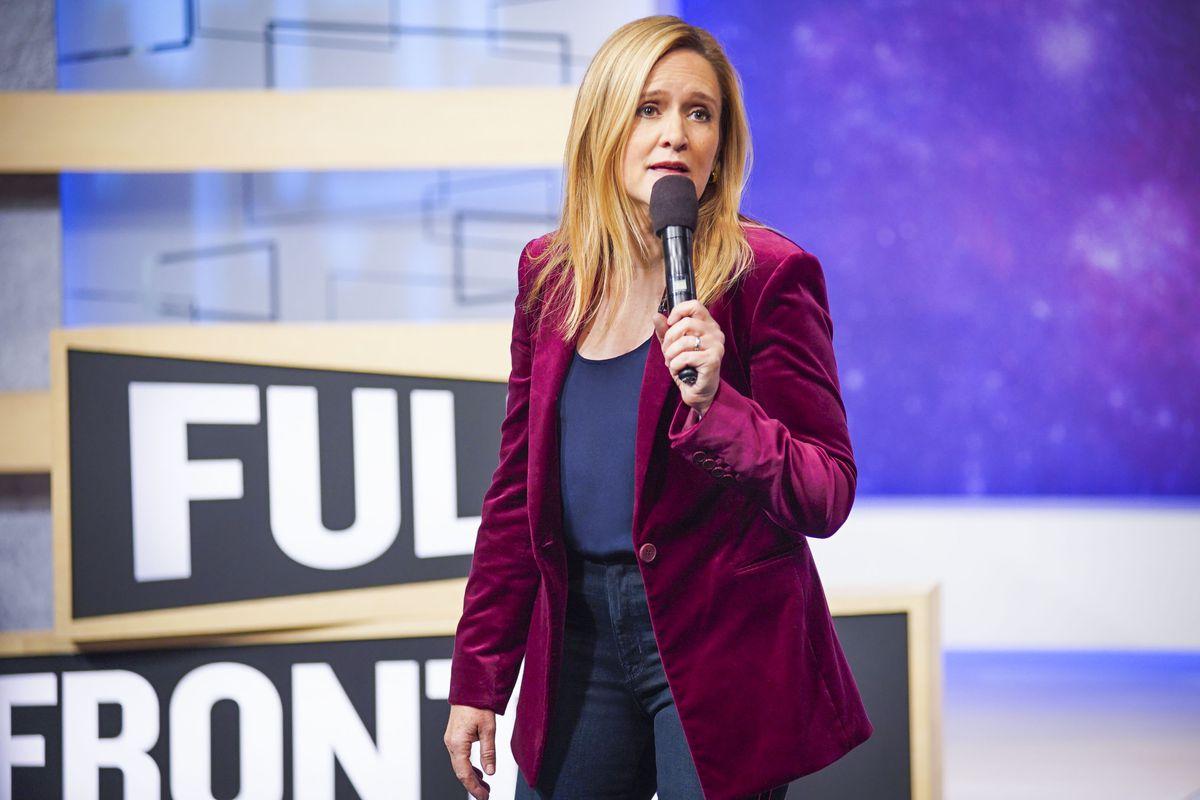It’s nothing new that women’s sports generally remain in the shadows of men’s sports. A variety of female athletes have experienced this neglect, from professional to high school and collegiate levels. The question is, why?
Story by Alexis Tatum
At the Big 12 Conference annual awards, Texas women’s basketball brought home four major honors, including junior Brooke McCarty’s Big 12 Player of the Year award. This is the first time a University of Texas at Austin’s women’s basketball player has ever received the award. Head coach Karen Aston received the honor of Big 12 Coach of the Year for the first time in her career. Joyner Holmes was recognized as the Freshman of the Year and senior Brianna Taylor was honored as the Defensive Player of the Year. This team held a 19 game winning streak this year–the second-longest active streak in the nation. UT women’s basketball also made their fourth consecutive Sweet 16 appearance in the NCAA tournament this year.
Photo courtesy of University of Texas Women’s Basketball Instagram: @texaswwb
These women have been performing at an outstanding level for the entire season and have received very little recognition on campus, within the administration or among the student body. The women’s basketball senior night was on a weekday and went largely unnoticed while the men’s basketball senior night was on a Saturday and promoted for over a week by the Frank Erwin Center with a tailgate and alluring prizes.
It may seem unimportant now, but the negligence that is experienced at the collegiate level has led to further negligence at the professional level and has even resulted in unfair pay gaps between women’s and men’s sports. For example, women in the WNBA make about 78 cents for every dollar paid to a man in the NBA for the same amount of work. In 2014, the highest paid WNBA player made the maximum salary of $107,500 while NBA player Dionte Christmas, who only played 198 minutes in the entire season made the NBA minimum of $490,180.
The United States women’s soccer team filed a lawsuit over a gender-based pay disparity last year. The women’s team won the World Cup in 2015 while their male counterparts ranked 16 in competitive play, yet the men’s team still received a larger salary. While the details are disputable, the fact is this: women are being paid less than men for the same work.
Photo courtesy of abc.com.go
The driving force behind the lack of excitement and money in women’s sports is more than simply sexism; endorsements and representation play critical roles as well. Endorsements include sponsorships, appearance fees, and anything else athletes make by selling their image.
The top 25 highest-paid athletes of 2016 (all of which are male) each contribute a great part of their monetary success to their endorsement deals. Professional soccer player Cristiano Ronaldo’s salary last year was $50 million, yet he was last year’s highest paid athlete with an astounding $88 million income. His Nike endorsement is the richest in the entire sport of soccer. Serena Williams, who has been commended as possibly the greatest athlete of our generation, is currently the highest-paid female athlete. She made about $28.9 million and earned $20 million of it in endorsements alone. Endorsements are responsible for a large amount of these athletes income, and there’s a ridiculously huge gap there as well. The general consensus is that sponsors believe that men’s sports like football and basketball are more marketable than women’s sports.
So what do we do about it? The answer is very simple: support women’s sports. Ladies in many fields of athletics have been constantly overlooked despite performing at extraordinary levels, and support from sports fans makes a huge difference in that recognition. Even if you aren’t a big sports fan, the work these women do is admirable and pretty fun to watch. I urge you to go out to a girl’s game, whether it be basketball, soccer, or softball. Recognize that being athletically talented is not something that is only rewarding to men. Support the hard work and dedication of women in sports– it makes all the difference in the world.































